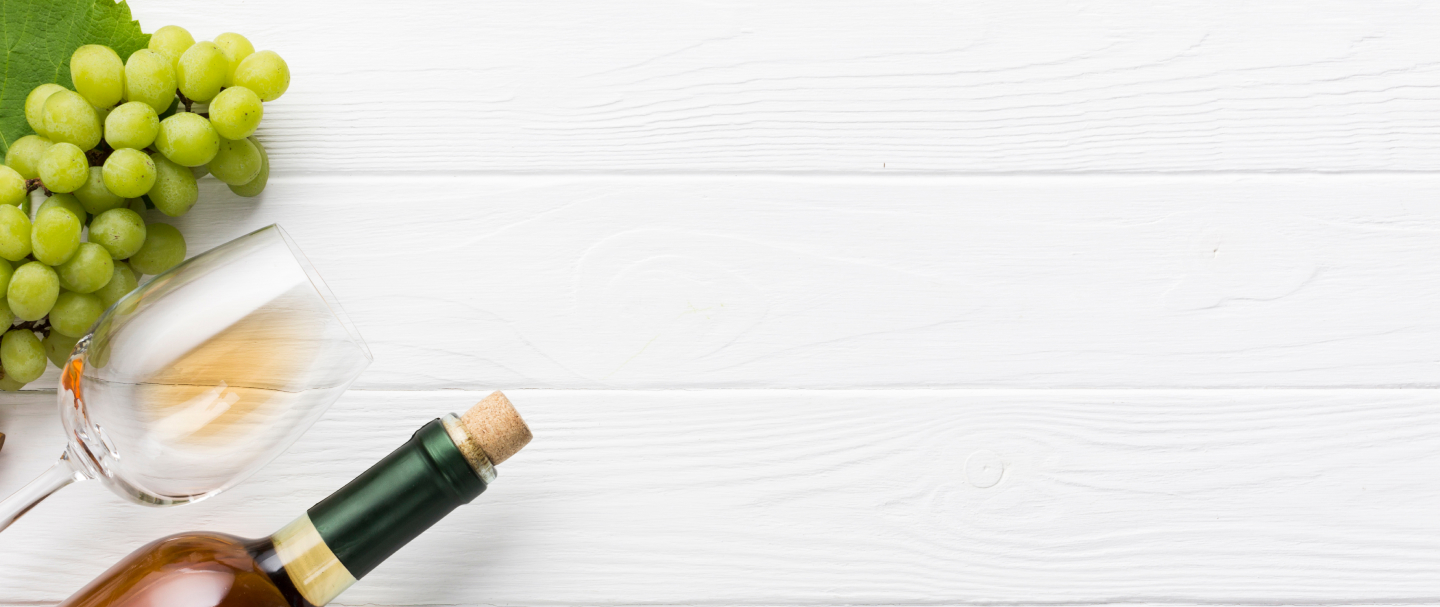Do we ship to you?.
More wines available from Vasse Felix
Pre-Arrival
Vasse Felix Cabernet Sauvignon 2019
750ml - 1 Bottle
Bottle:
$43.51
Clean, elegant liquorice and blackberry nose, with mint, dried herbs and lush fruit on the mid palate. It's ripe and...
750ml
Bottle:
$44.99
A fine rendition of mid-weighted cabernet, boasting ample fealty to region: plenty of scrub, black olive, bouquet...
Pre-Arrival
Vasse Felix Cabernet Sauvignon 2020
750ml - 1 Bottle
Bottle:
$46.94
A fine rendition of mid-weighted cabernet, boasting ample fealty to region: plenty of scrub, black olive, bouquet...
750ml
Bottle:
$19.90
Stunning and complex, this stylish, concentrated red offers pure raspberry puree and black cherry flavors that show...
750ml - 1 Bottle
Bottle:
$144.90
A great edition of the top Cabernet blend from Vasse Felix, this has a lot of power and depth. The aromas run from...
More Details
Winery
Vasse Felix

Varietal: Chardonnay
There are few white wine grape varietals as famous or widely appreciated as the Chardonnay, and with good reason. This highly flexible and adaptable grape quickly became a favorite of wineries due to its fairly neutral character. This neutrality allows the wineries to really show off what they are capable of doing, by allowing features of their terroir or aging process to come forward in the bottle. As well as this, most high quality wineries which produce Chardonnay wines take great efforts to induce what is known as malolactic fermentation, which is the conversion of tart malic acids in the grapes to creamy, buttery lactic acids associated with fine Chardonnay. Whilst the popularity of Chardonnay wines has fluctuated quite a considerable amount over the past few decades, it seems the grape varietal allows enough experimentation and versatility for it always to make a successful comeback.

Region: Margaret River
The south-western region of Margaret River in Australia has gradually grown over the past century or so to become a highly important region for the country's wine industry. Today, there are around fifty thousand hectares of the region under vine, and Margaret River has somewhere in the region of one hundred and fifty wineries using the superb terroir for cultivating a wide range of vines. Margaret River is renowned and esteemed around the world for its versatility, and many different grape varietals thrive in the hot and humid coastal climate. Although the region is most famous for the production of Shiraz and Cabernet Sauvignon wines, the cooler areas of Margaret River have consistently proven to be ideal for growing Sémillon and Sauvignon Blanc – two grapes which are becoming increasingly popular in Australia due to their ability to express the country's unique terroir.

Country: Australia
Despite much of Australia being covered by dry, arid deserts and bushland, the southern regions of the country and islands such as Tasmania have proved to be ideal for vineyard cultivation and wine production. The fertile soils and brisk oceanic breezes, coupled with the blazing Australian sunshine allow the grapes to grow to full ripeness before a late harvest, resulting in hugely flavorful wines which appeal to a wide international audience. Combine this with the experimental and daring approach Australian wineries have in regards to wine production, and it becomes clear why Australia has relatively quickly become something of a world leader when it come to exporting their produce to Europe and America. The Shiraz and Chardonnay grape varietals have produced the most successful and broadly appreciated results over the decades, however, in more recent years wineries have begun experimenting with a much wider range of grape varietals, demonstrating how Australian wineries are continuing to adapt and develop alongside international palates.




